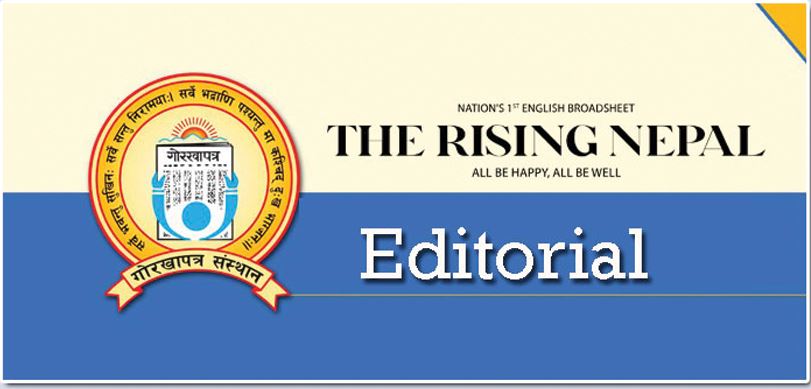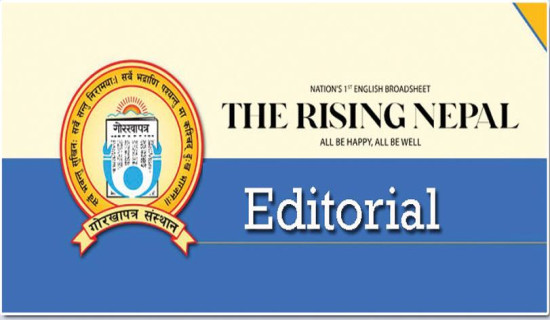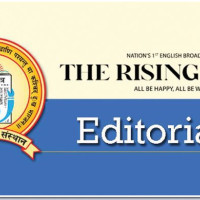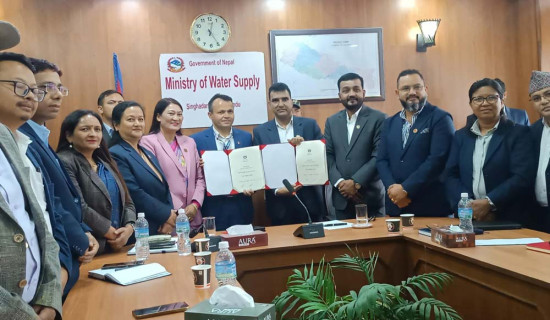- Friday, 9 May 2025
Let There Be Light For All
Access to electricity is vital for economic development and to meet basic standard of life of the people. Smooth functioning of modern life cannot be imagined in absence of electricity. If there is a snag in the supply of electricity business activities, communication, government services and operation of essential household appliances come to a halt. If the state fails to accord the needed priority to this sector, there is no chance of making forward movement in the path of development. There was a time when Nepal used to reel from long power outages. But now we have come out of that situation and the nation is able to make earnings by exporting surplus power.
Nepal Electricity Authority (NEA) is encouraging the domestic consumers to use maximum amount of electricity. As construction of big hydropower projects are in the offing, it will not take too long before the nation can become self-reliant in power generation for round the year and sell surplus power in the external market. This is going to decrease our dependency on petroleum fuels and save billions every month that we are spending to import oil and gas. It is positive news regarding electricity coverage that over 95 per cent of our population has access to electricity and much of that through the national grid.
Nepal boasts of building Pharping Hydropower plant which is one of the oldest hydropower projects in Asia. Hydroelectricity is a clean source of energy and Nepal being rich in water resources has the potential to generate around 83,000 megawatt of electricity. Nepal is currently producing about 2000 MW of hydropower, which is a fraction of the total potential. By the end of the fiscal year 2022-23, a total of 2,684 MW of electricity has been connected to the national grid from various hydropower and solar projects. Most of the indicators of electricity sector are positive and over the past seven years, NEA has consistently been in profit. Nepal has been able to attract significant amount of foreign direct investments for hydropower development. It has earned billions by exporting electricity to India.
Doors are opening to export electricity to Bangladesh which is facing supply deficit. Last year Nepal started exporting electricity to India during the wet months. But building reliable transmission infrastructure is essential for smooth supply within the country as well as exporting. NEA says that Bagmati, Madhesh and Gandaki provinces have been completely electrified. Out of 753 local levels, 505 have full access to electricity. Of them, 227 local levels have been electrified in most places and 21 others have been electrified through solar and small and micro hydropower. Nepal undoubtedly has achieved phenomenal progress in the energy field.
The Ministry of Energy, Water Resource and Irrigation is preparing to announce ‘Energy Decade’ to produce 20,000 megawatts of power within the next decade, but we cannot overlook the fact that some areas of Nepal still are not receiving electricity from national grid. A few municipalities in remote parts of northern Nepal and Sudurpashchim Province still lack access to electricity from national grid. In this context, it is worth noting that Minister for Energy, Water Resources and Irrigation Shakti Bahadur Basnet recently said that the whole nation will come under electrification within the next two years. The plan calls for strategic focus and policy consistency to make the dream come true within the stipulated timeframe.

















